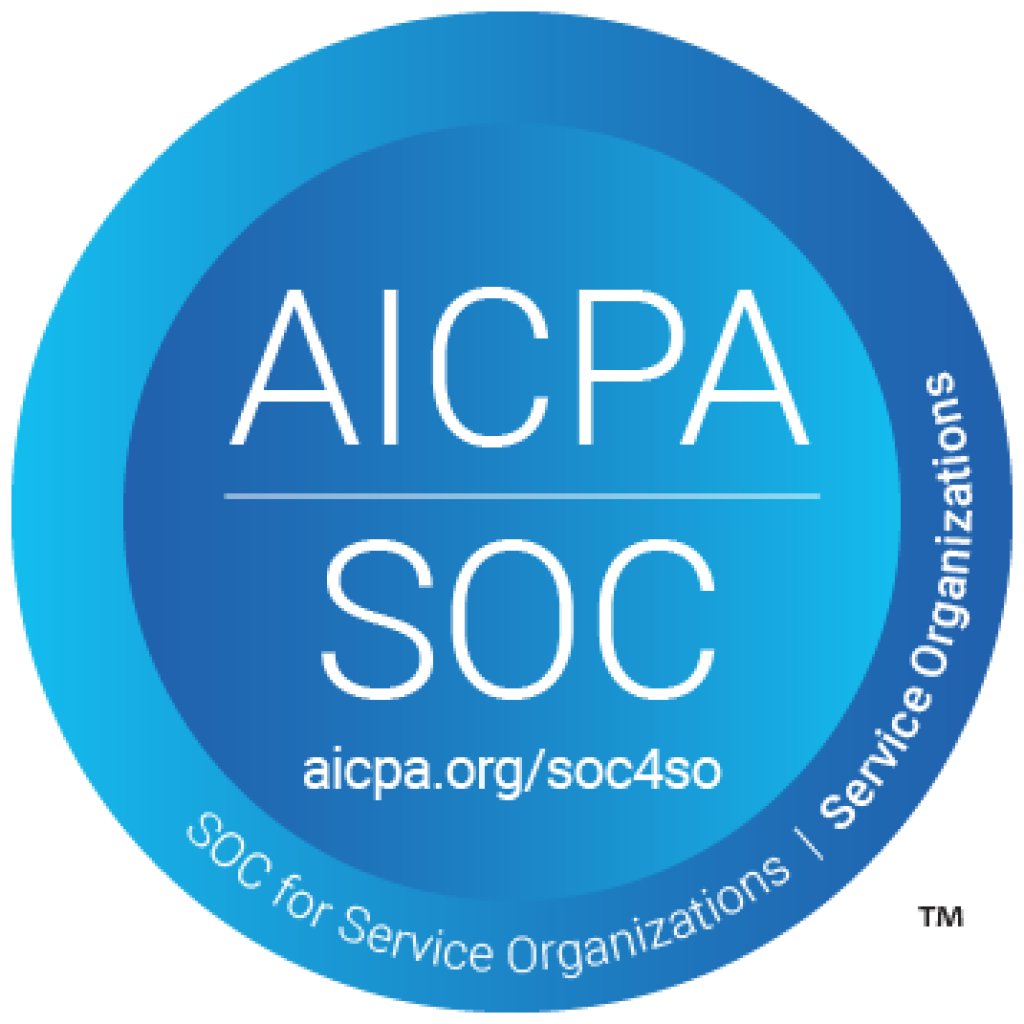It’s 2022 – How to Start Off the Year with a Bang
The New Year is a perfect time to evaluate current systems and look for ways to improve processes within your healthcare organization.
What initiatives are you focusing on this year? Even though things are difficult in the healthcare industry due to the ongoing pandemic, you can find the good in anything by maintaining a perspective of positivity.
The most important thing you can do is ensure that your patients receive the highest levels of care possible. When patients are satisfied with their services, they will return for their future healthcare needs. Additionally, happy patients refer their friends, family, and neighbors – helping your business grow.
2022 Goals to Improve Patient Experience This Year
Here are a few topics your organization should consider when improving patient care this year:
- Improve Access: Eliminate the barrier of entry that might be affecting a patient’s ability to talk to a doctor. Consider how easy or hard it is for people to schedule appointments and communicate future treatment protocols. For example, you might implement automated technology to improve the appointment-making process. This improvement enables patients to have the ability to schedule an appointment with just a few clicks of a button.
- Maintain Better Communication: Not only do patients need information about their diagnosis and care plan, but open communication improves the process for everyone involved. For example, how do you share records when patients are requesting information? Hundreds of medical records can be released in a day by a provider, and keeping up with such volume can be a logistical challenge. Using a dedicated ROI provider can improve communication and ensure the highest levels of privacy and timeliness when records are requested.
- Coordinate with Other Practitioners: It’s common for patients to be working with multiple doctors at a time. Not only does a patient have a primary care physician, but there may be other specialists involved for specific diagnoses. Communication between practitioners ensures better quality healthcare services overall. An integral part of this process involves sharing medical information when requested—another reason why a reputable ROI partner for healthcare organizations is needed.
- Involve Family Members: Other family members may bring patients to appointments, fill prescriptions, or help with ongoing care and medical treatments. When the patient requires a collaborative care plan, it’s essential to share information effectively. Understanding how a patient’s data can be accessible to family members (or others) should be clearly documented and understood by all parties involved.
- Partner with Patients in their Care Plan: Patients want to be involved and understand the decision-making process. Take time to listen and educate the patient about each diagnosis and treatment option. Encourage questions and show patients that you always maintain clear communication in face-to-face conversations and written form (when records need to be shared). Patient-centered communication puts the patient at ease because they can see that your staff is partnering with the person to ensure the highest quality of care.
Improve Patient Care and Boost the Bottom Line
If you want to see positive growth in your bottom line this year, it all comes down to how patients receive care. However, patient care is not only defined by physician-patient interactions. Communication with patients strengthens the in-office care patients receive. Unfortunately, many healthcare organizations are falling behind in meeting today’s patient communication demands.




